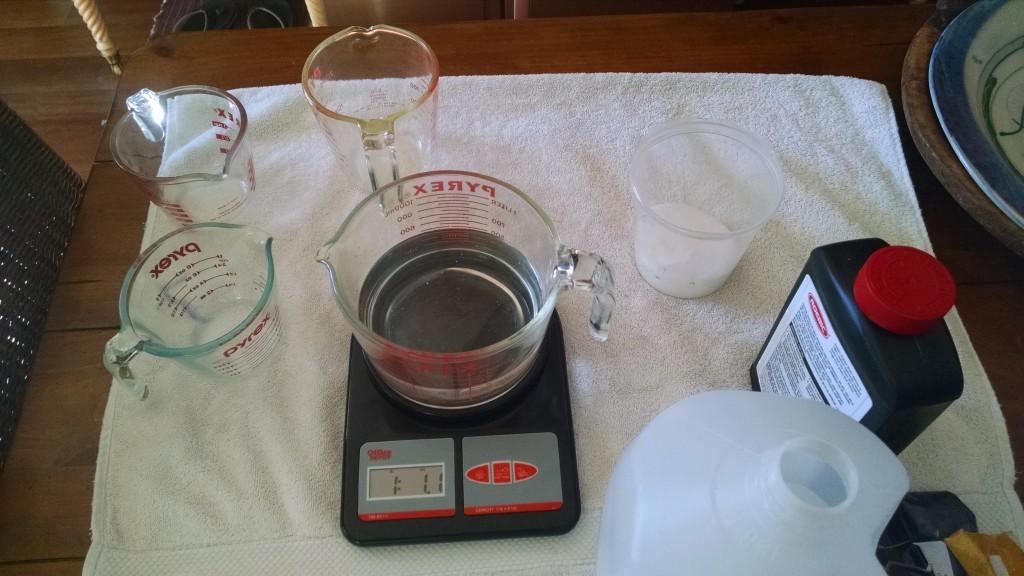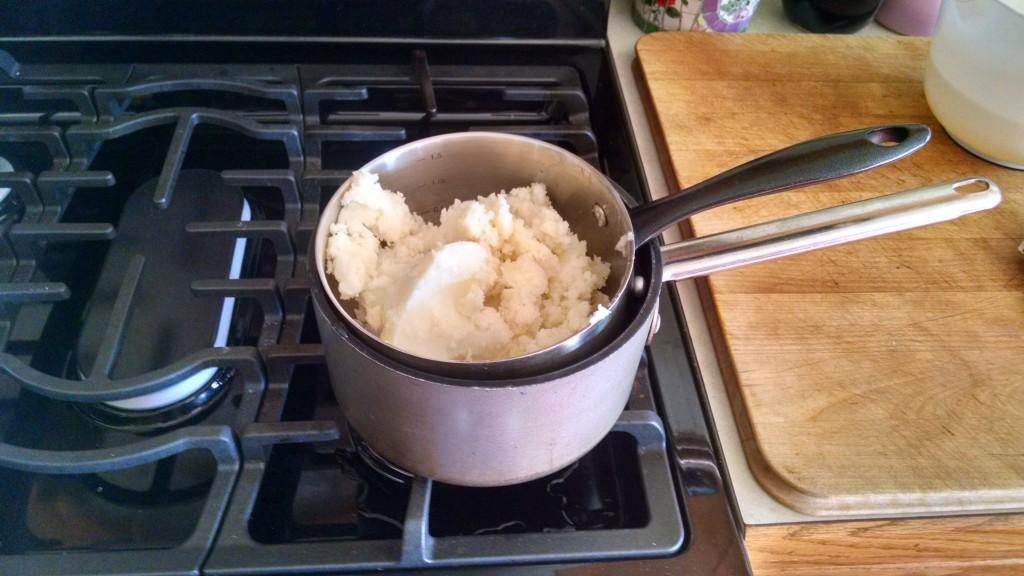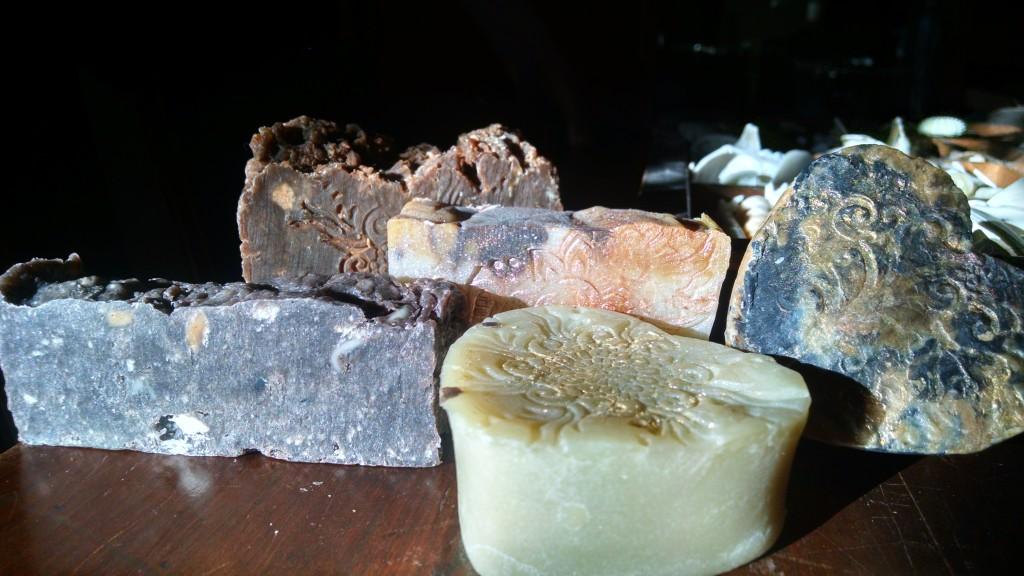Soap is an art form. I doubt most of us think about what goes into creating a bar of soap, especially a beautiful one. It certainly hadn’t crossed my mind until my grandma began dabbling in said art form. After seeing some of her creative final products I was intrigued, so when she invited me to her house for a Saturday of soap creation I jumped on board.

I have always loved a good DIY project — from a distance. I am far from a perfectionist and my “good enough” mentality does not lend well to meticulous projects. Because of this, I was a bit doubtful that I would be an asset in the soap-making process. It is true that there are some meticulous dimensions to soap-making. There are exact measurements of ingredients and temperatures involved in order to get the chemistry just right for the final product. Despite this, I discovered that there are also many opportunities for creativity.
The first thing you have to decide is the shape you want your soap to be. The options are varied and range from everything from a cardboard box lined with a trash bag to shaped molds. We ultimately decided to go with the cardboard box in order to get a square that could be cut into bars. As for the contents of the soap, we decided to go for an anise and peppermint scent with a three-color swirl. We created the colors using turmeric and activated charcoal, to keep it natural and get some vibrance.

After making all the fun decisions, it was time to get down to business. For the base of our soap we used coconut oil, olive oil and palm oil. These oils were melted down slowly over a double burner. While the oils were melting we had to do a bit of dangerous chemistry by mixing water and lye. The resulting concoction has some toxic fumes and unsavory effects on the skin, so it is important to wear gloves and stand as far back as possible. The lye and water also get very hot, so we had to wait for it to cool down. After the temperature of the oil and the lye cooled down, we whipped them together to get some body then divided even portions into smaller containers to mix in the color.
We swirled the colors with a wooden stick, making sure we touched bottom so the color would go all the way through. The essential oil should go in before you begin the swirling process, something we forgot to add until we had already started swirling the colors. As a result, our layers were a little less defined, but the final product smelled amazing and had a unique, sporadic pattern. Once we had it all mixed together we covered the box to let it incubate for 24 hours before we cut it and set it out to cure for another six weeks. After the six-week curing period, you can finally lather up.

There are so many possibilities in the world of soap making. If you want to try it out I recommend doing your research or finding somebody who knows what they’re doing. There are so many options, you are bound to wind up with something one of a kind.


